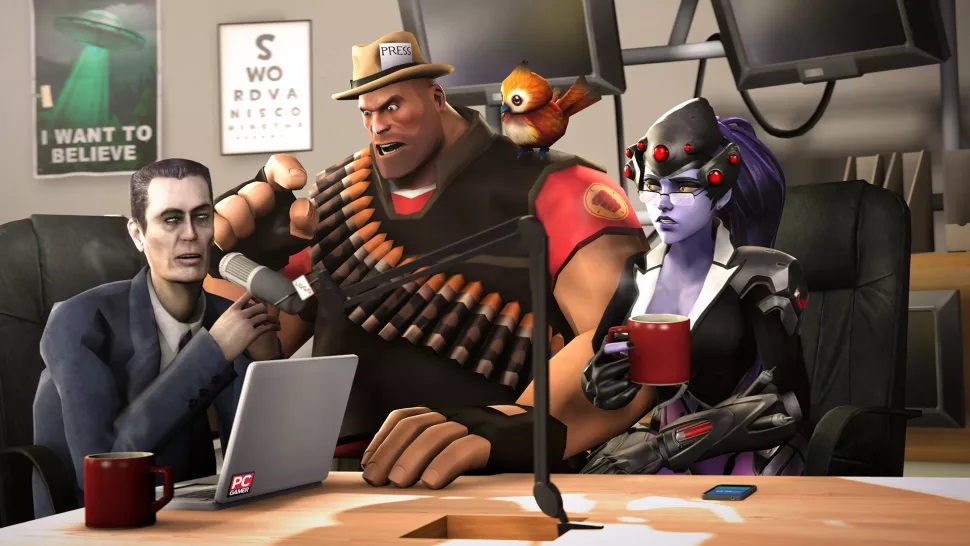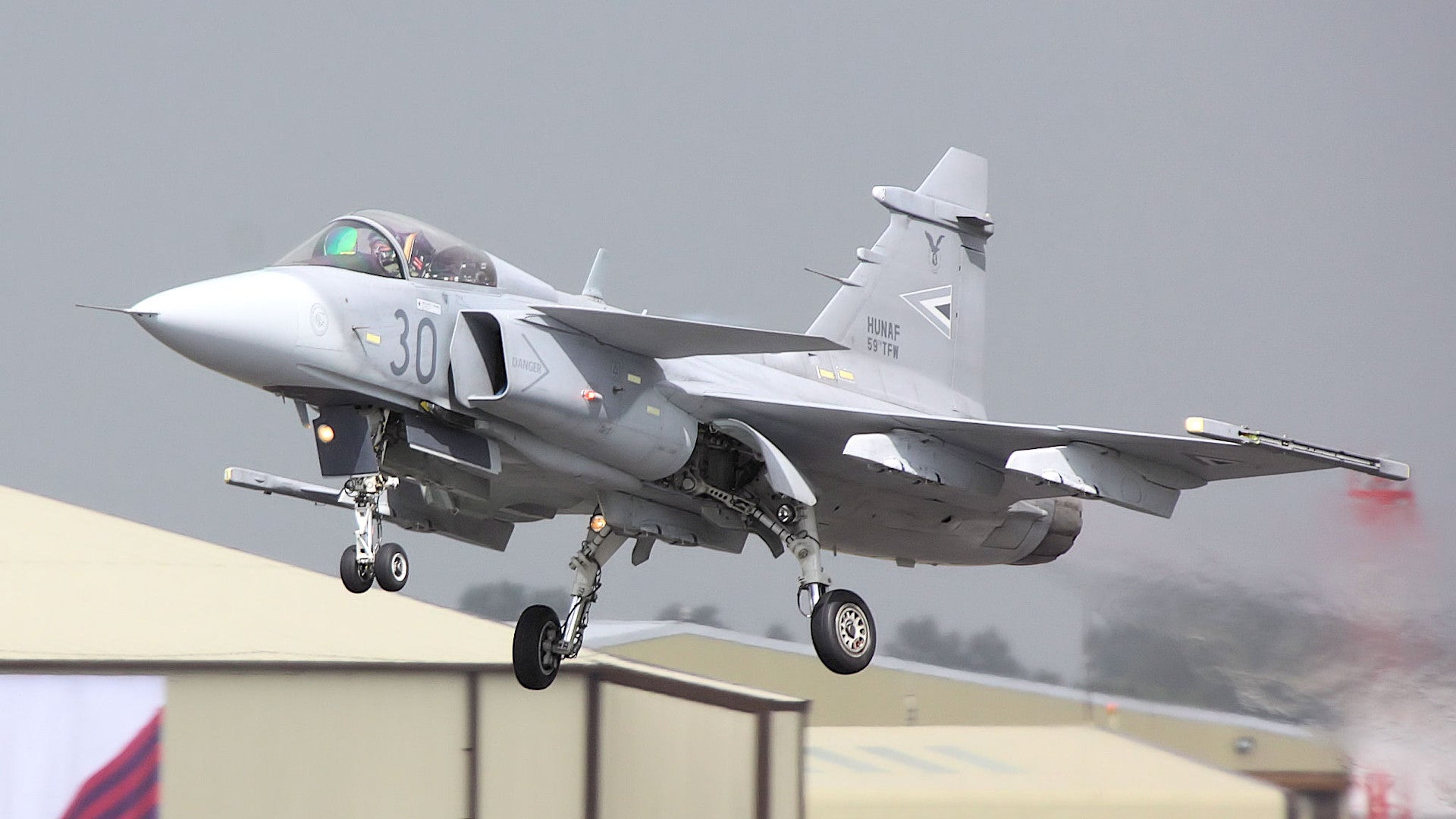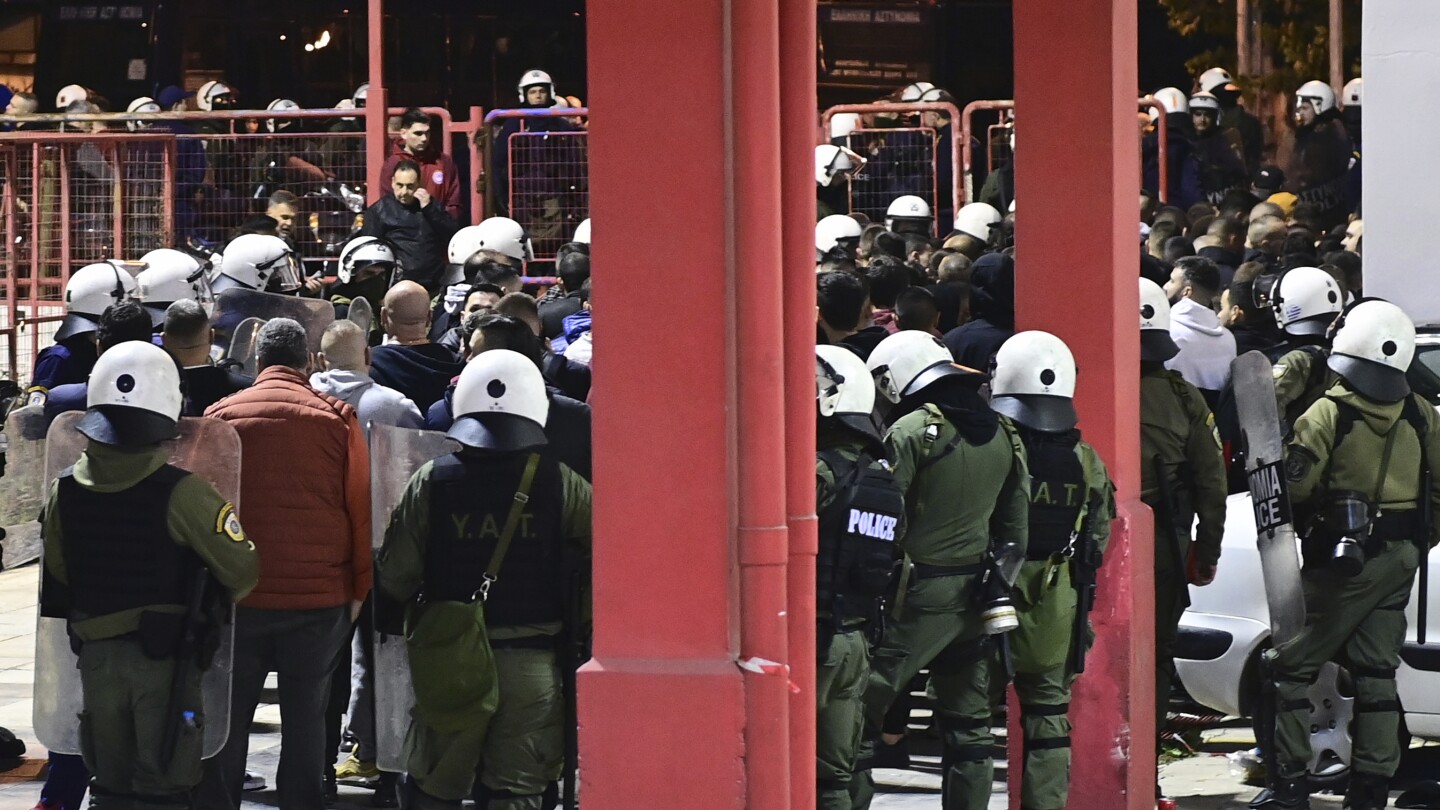

It’s not visible via lemmy.today’s Web UI:
https://lemmy.today/post/44629301
Checking whether it’s just lemmy.today somehow mangling things, it doesn’t look like it. Here’s beehaw.org’s Web UI directly:
https://beehaw.org/post/23981271
As of the moment, both are a link to an image (though lemmy.today is proxying the link to that image):
https://fedia.io/media/93/77/937761715da35c5c9fb1267e65b4ea54c2b649c2eebbf8ce26d2b4cba20097bf.jpg
Same behavior seen when browsing lemmy.today in Eternity.
EDIT: Fedia.io is running mbin. You submitted it via fedia.io. This community is on beehaw.org. I wonder if there was some kind of recent mbin/lemmy compatibility bug? I’d check fedia.io’s Web UI, but it currently disallows anonymous browsing (probably because of all the AI web scrapers hammering Threadiverse instances that allow anonymous access).



















Great minds think alike. Yeah, just followed up with a similar comment. So probably a bug, but not sure whether it’s an mbin or Lemmy bug. Like you, I can also see the intended URL on PieFed (olio.cafe).
EDIT: Same problem on lemmy.ml, and they’re the dev instance, run the latest version of Lemmy:
https://lemmy.ml/post/41016280
EDIT2: I submitted a post to !lemmy_support@lemmy.ml at https://lemmy.ml/post/41019532 to make the devs aware of the interaction, if they weren’t already.